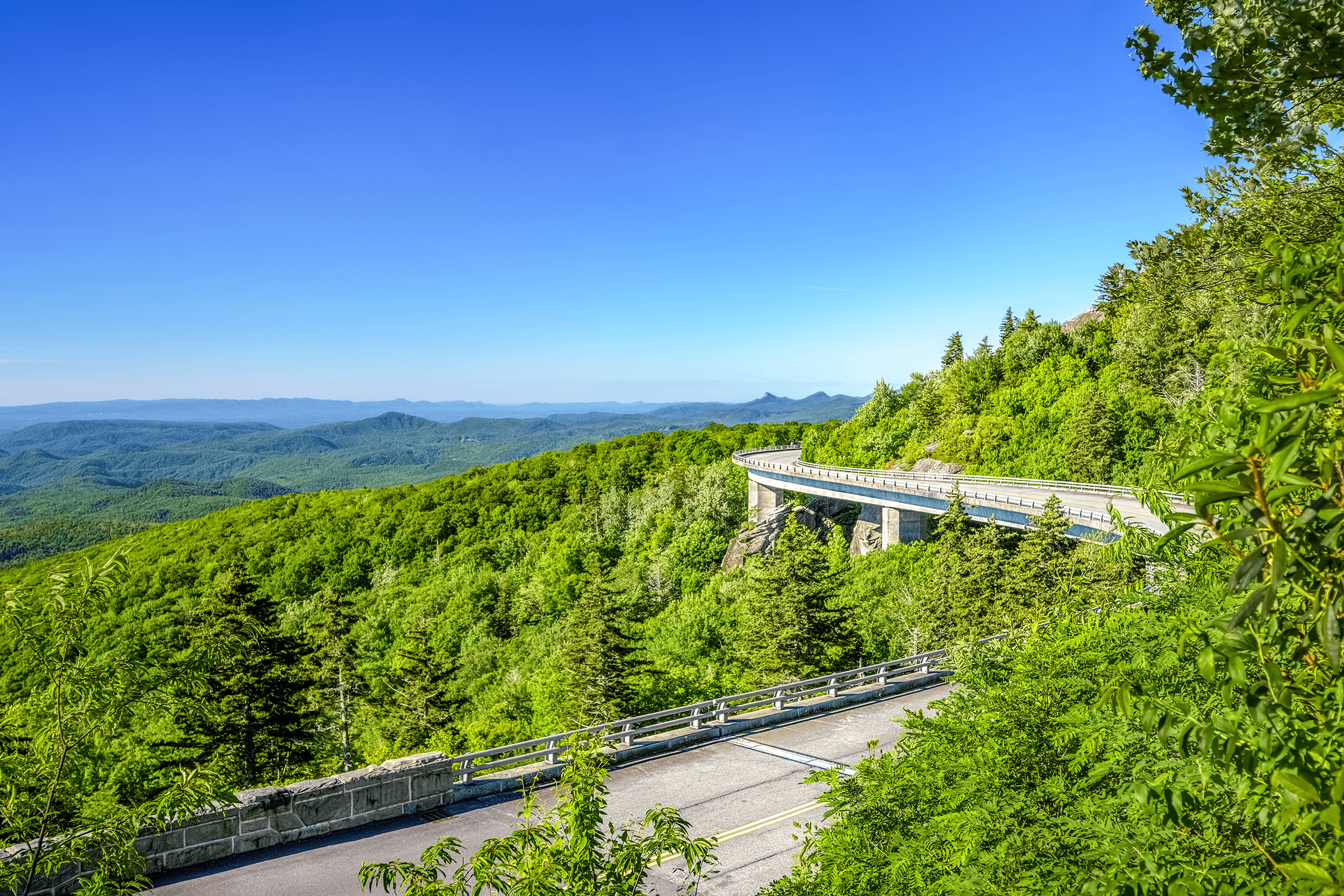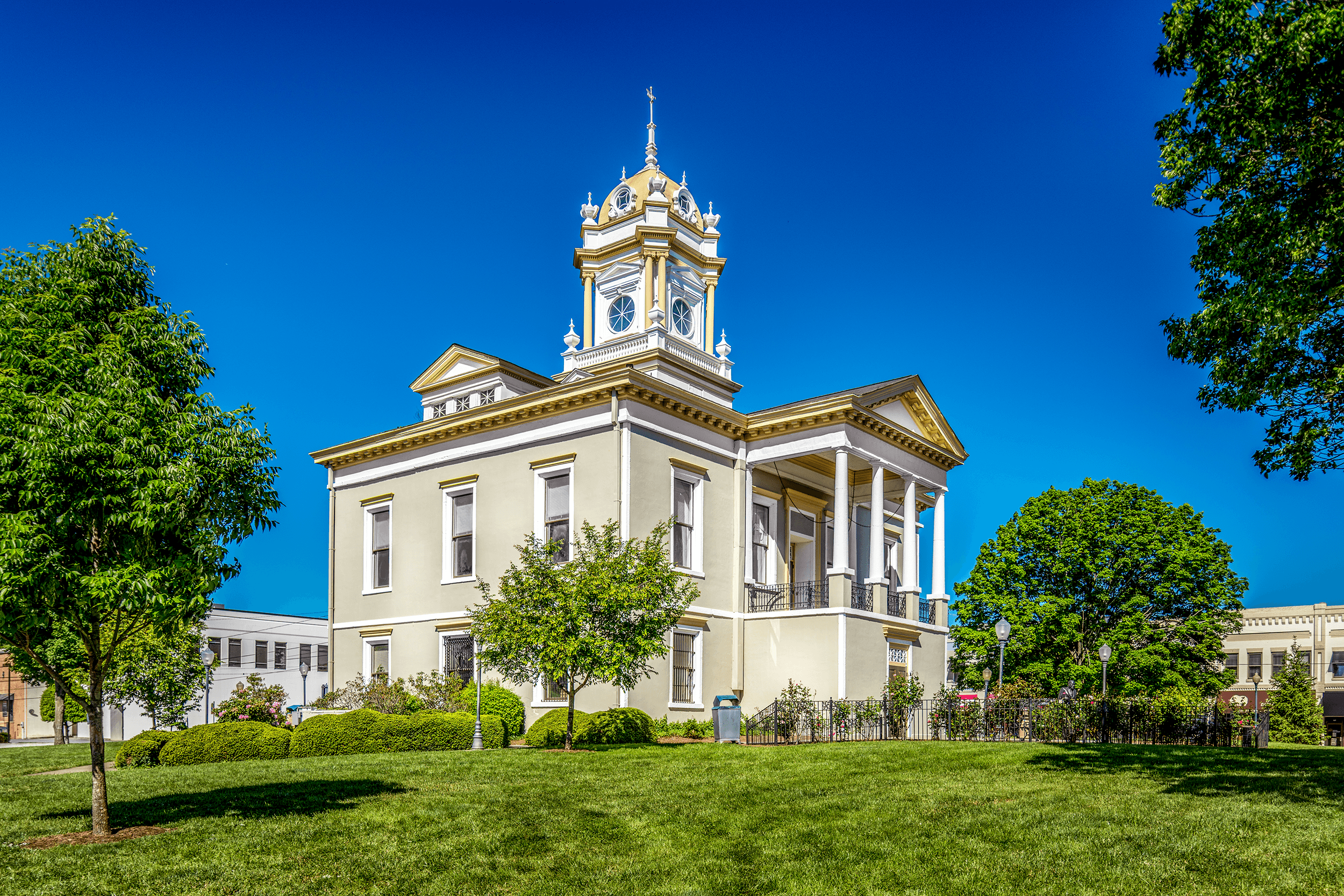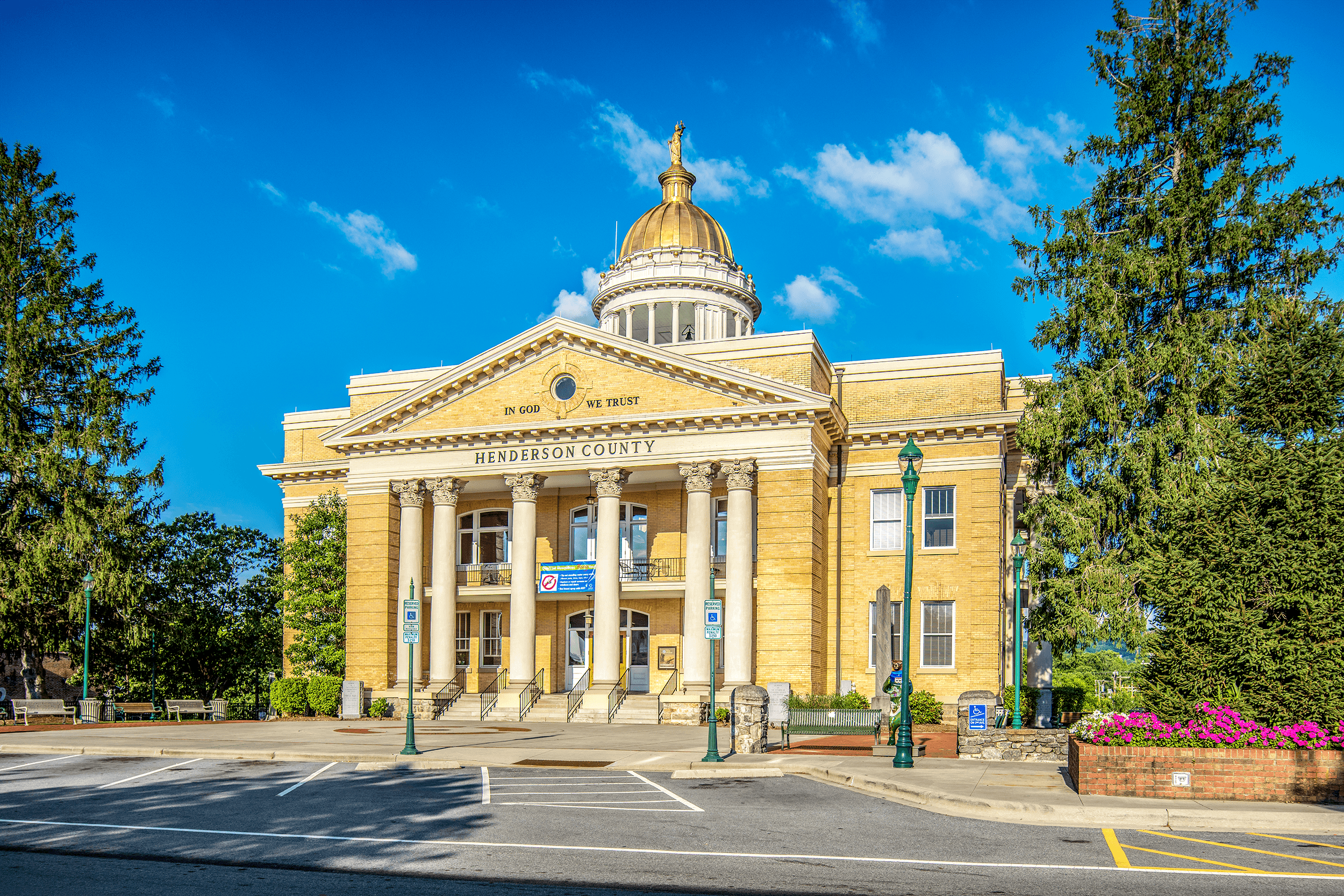Mount Mitchell State Park

June 2019
Incredible Views From the Highest Peak of the Appalachian Mountains
At an elevation of 6,684 feet (2,037 m), Mount Mitchell is the highest peak of the Appalachian Mountains and the highest mountain east of the Mississippi River. Before 1882 Mount Mitchell was known as Black Dome, named for its rounded shape and its location in the Black Mountains.
On clear days you can see as far as 85 miles (137 km).
The first thing we noticed when we stepped out of our car was the mesmerizing fragrance of the fir trees, which reminded us of Christmas up north. This lovely scent comes from the abundant Fraser firs, a tree named for John Fraser (1750 - 1811), who explored the area in the late 1780s.
When you happen to visit Mount Mitchell in August, look out for blackberries, blueberries, and raspberries, which grow throughout the park.
With an elevation of 6,684 feet (2,037 m), Mount Mitchell is the highest peak of the Appalachian Mountains and the highest mountain east of the Mississippi River. Before 1882 Mount Mitchell was known as Black Dome, named for its rounded shape and its location in the Black Mountains.
The trail from the parking lot to the observation tower at the summit is paved and easy to walk.
The abundance of Fraser fir trees give the air a scent like Christmas.
North Carolina’s First State Park
In the early 1900s with extensive logging rolling through the mountains and stripping the Black Mountains range as well as Mount Mitchell, citizens became increasingly alarmed over the destruction of the forest and the scenic beauty of Mount Mitchell. Chief among those, who wanted to protect the forest, was NC-governor Locke Craig (1913-1917).
In 1915 their efforts culminated in legislation that established the North Carolina State Park System and Mount Mitchell as its first state park.
Canada in North Carolina
When you go through the museum at the visitor center, one sign struck me asking “Travel 6,000 feet in elevation in North Carolina, and you hit Canada?”
“Travel 6,000 feet in elevation in North Carolina, and you hit Canada?”
Obviously not, but the spruce-fir forest indeed resembles the one found in southeastern Canada.
The explanation would take us back 15,000 years to the last Ice Age. When the glaciers moved southward from what is known as Canada today, plants and animals migrated ahead of them.
When the glaciers retreated, some of the cold-adapted species became isolated on the cold mountain summits, such as Mount Mitchell, whose micro-climate more closely resembles the prevalent climate in southeastern Canada than the hot more humid weather in the Piedmont.
History
In 1828 while working on a geological survey of North Carolina, Professor Elisha Mitchell, who taught chemistry, geology, and mineralogy at the University of North Carolina at Chapel Hill, took barometric pressure readings from the major peaks in the Black Mountains to calculate their altitude. What he observed stunned him. According to his data, the highest peak in the Appalachian Mountains was by almost 400 feet Black Dome in the Black Mountains rather than Mount Washington in the White Mountains in New Hampshire. To confirm and refine his measurements, Mitchell returned to the Black Mountains in 1835, 1838 and 1844.
In 1855 Thomas Clingman - a former student of Mitchell and state senator - disputed Mitchell’s claim after climbing the Black Mountains. Clingman announced that he had identified a different peak as the highest; one Mitchell had not climbed.
After two years of controversy between Mitchell and Clingman arguing through local newspapers, Mitchell decided in 1857 to make one more trip to the Black Mountains to settle the dispute.
On June 27, 1857, he left the camp never to return. Zebulon Baird Vance, one of Clingman’s political opponents and Mitchell’s most vocal defender, who later would become governor of North Carolina, directed the search. After three days, they found Mitchell’s body in a pool of water at the base of a 40-foot waterfall, which is now known as Mitchell Falls.
Elisha Mitchell was first buried in Asheville, but a year later was reburied at the summit of Black Dome.
In 1882 the U.S. Geological Survey confirmed Mitchell’s measurements and officially changed the name to Mount Mitchell in his honor.
2388 State Hwy. 128 Burnsville, NC 28714
Directions:
From the Blue Ridge Parkway exit at Milepost 355.5 and follow State Road 128 to the park entrance. Continue until you reach the parking lot below the summit.
Park Office:
Tel.: → (828) 675-4611
Restaurant:
Tel.: → (828) 675-1888
Park:
November to February:
Mon. to Sun.: 7am to 6pm.
March to April:
Mon. to Sun.: 7am to 8pm.
May to August:
Mon. to Sun.: 7am to 10pm.
September to October:
Mon. to Sun.: 7am to 9pm.
Museum:
May to October:
Mon. to Sun.: 10am to 6pm.
Restaurant:
May to August:
Mon. to Sun.: 9am to 8pm.
September to October:
Mon. to Sun.: 9am to 7pm.
All year.
Free admission.
Free parking.
The upper parking lot is near the summit.
A short 0.3-mile paved trail leads from the parking lot to the observation tower at the summit.
Mount Mitchell State Park features several hiking trails of varying lengths ranging from easy to difficult.
The trail from the parking lot to the observation tower is paved and is accessible with a wheelchair. Please note the 0.3-mile trail is uphill. A wheelchair accessible concrete ramp leads up to the observation tower.
A concessions stand is located at the upper parking lot.
The restaurant is located at the lower parking lot about a mile after the park entrance.
Restrooms are located at the upper parking lot and in the restaurant at the lower parking lot.







